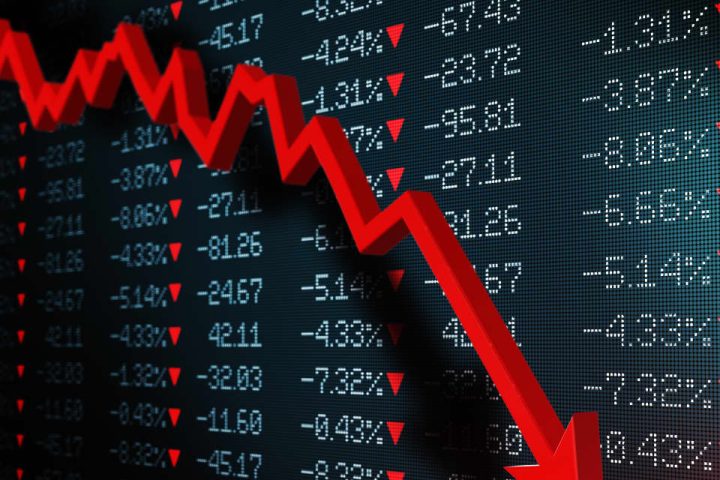Oil futures declined Tuesday, touching their lowest intraday levels since late August, with the U.S. benchmark trading below the $80-a-barrel threshold, after mixed China data highlighted demand concerns.
Price action
-
West Texas Intermediate crude
CL00,
-3.51%
for December delivery
CL.1,
-3.51% CLZ23,
-3.51%
fell $2, or 2.5%, to $78.82 a barrel on the New York Mercantile Exchange after trading as low as $78.31, the lowest intraday level for a front-month contract since Aug. 25, FactSet data show. -
January Brent crude
BRN00,
-3.47% BRNF24,
-3.47% ,
the global benchmark, dropped $2.39, or 2.8%, to $82.79 a barrel on ICE Futures Europe. It touched a low of $82.56, the lowest intraday since Aug. 24. -
December gasoline
RBZ23,
-2.89%
declined by 2.6% to $2.1787 a gallon, while December heating oil
HOZ23,
-3.64%
lost 3.3% to $2.8537 a gallon. -
Natural gas for December delivery
NGZ23,
-3.37%
traded at $3.151 per million British thermal units, down 3.5%.
Market drivers
Oil traders have fully erased the risk premium priced into crude after the Hamas attack on southern Israel. Crude had rallied following the Oct. 7 attack on fears the Israel-Hamas war could spread across the region, posing a threat to Middle Eastern crude flows and supplies.
Attention has since turned back to the demand side, with the slump Tuesday tied by analysts to China trade data. The figures showed China imported 13.52% more crude in October than a year ago, according to news reports, but the figure was flattered by coronavirus restrictions that were in place in 2022.
At 11.5 million barrels a day, imports were up slightly versus September but remained around 1 million barrels a day below levels seen in the summer, noted Carsten Fritsch, commodities analyst at Commerzbank, in a note.
“This is disappointing in view of the record-high processing. Crude oil imports in the first ten months were a good 14% up year-on-year. The increase appears bigger because of the low basis for comparison, however, as imports were dampened by the coronavirus restrictions last year,” Fritsch said. “It is no surprise therefore that the figures are lending no support to prices today.”
Looking ahead, “global consumption of manufactured products continues to be lackluster,” StoneX’s Kansas City energy team, led by Alex Hodes, in a Tuesday note. “China is expected to reduce crude imports in coming months as a result, and export less refined products, which will ease crude prices,” though also provide support to crack spreads — the price difference between a barrel of crude and the petroleum products refined from it.
The U.S. Department of Energy announced late Monday a “supplemental solicitiation” for up to 3 million barrels of oil for delivery in January 2024.
That’s a “small volume as compared to what has been liquidated since January 2021,” said StoneX’s Kansas City energy team.
In the announcement, the Energy Department said it had already purchased 4.8 million barrels toward the replenishment of the Strategic Petroleum Reserve, with an average cost of less than $73 per barrel.
“Moving forward, if the administration follows through on its replenishment, the DOE will be a buyer to help put somewhat of a floor on oil prices,” the StoneX energy team said.
Read the full article here







